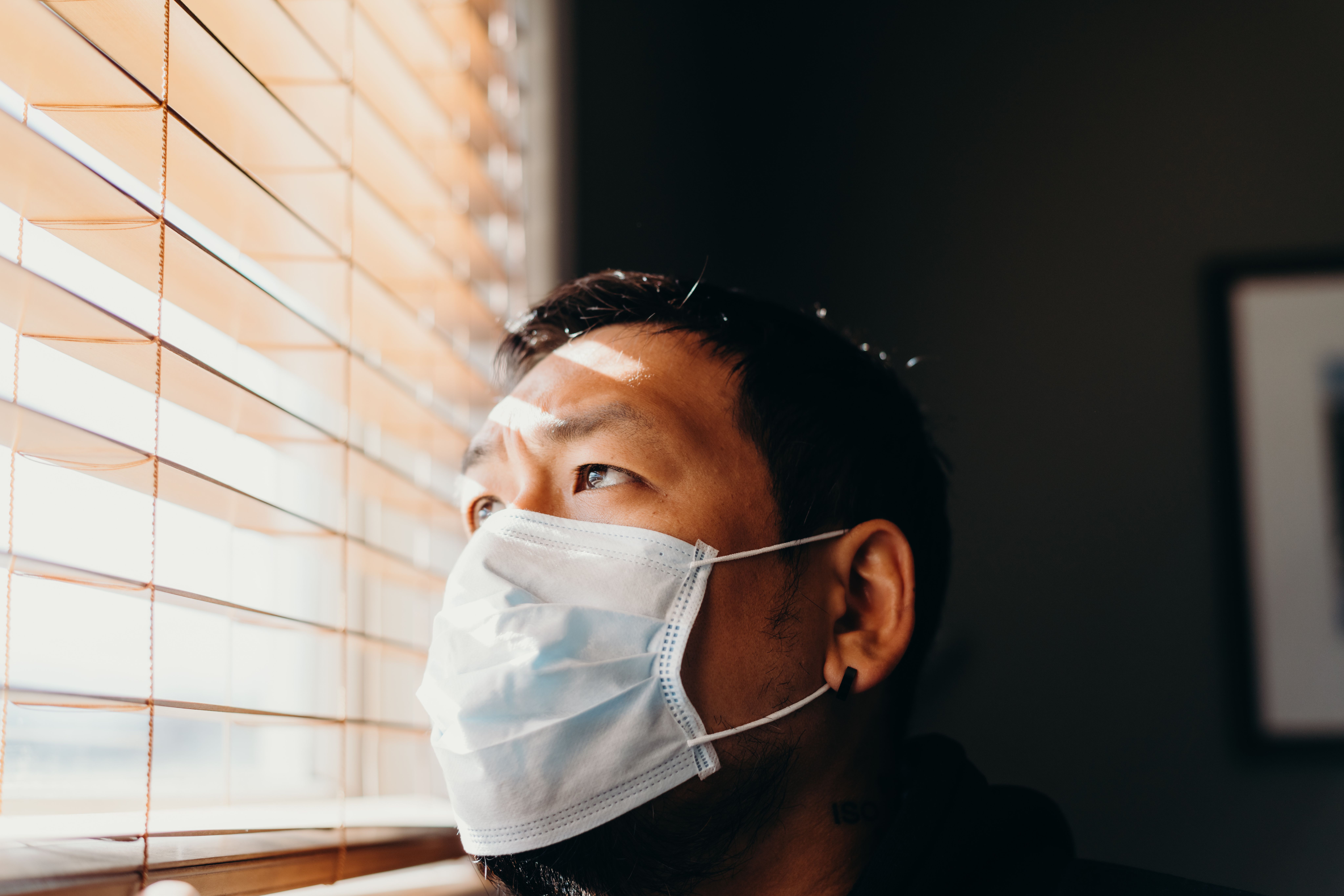News
Article
Significant Increase in Hospital Delirium, New Antipsychotic and Benzodiazepine Prescriptions Associated With COVID-19 Pandemic
Author(s):
Unexpectedly, the highest increases in delirium compared to projections were in the 66 to 74 years of age group, which could have important personal and societal repercussions, such as earlier development of dementia.
The COVID-19 pandemic was associated with significant increases in rates of delirium and new use of antipsychotics and benzodiazepines after hospital discharge compared with projected trends, according to the results of a study published in the Journal of the American Medical Association.
Image credit: tonklafoto - stock.adobe.com

Delirium is a condition that can result in serious consequences for the patient, including increased risk of dementia, institutionalization, and mortality. Increased incidence during the COVID-19 pandemic has been attributed to disruptions in usual hospital care—such as staff shortages, isolation procedures, and visitor restrictions—and it being a common complication of COVID-19 among older adults.
Pandemic restrictions and the resulting increase in delirium can be associated with the increased use of medications, such as antipsychotics and benzodiazepines, due to the inability to provide nonpharmacologic interventions.
This longitudinal, population-based study aimed to compare rates of delirium and prescription of a new antipsychotic or benzodiazepine among hospitalized older adults before and during the pandemic. The primary outcome was in-hospital delirium, which was defined using ICD-10 codes for delirium.
The sample of older adults included in the study was 1,047,680, with 2,128,411 hospital admissions between 2017 and 2022 (mean [SD] age, 78.9 [8.3] years; 50.7% female; 49.3% male). Patients stayed in the hospital for a median length of 5 days (IQR, 2-9 days), and 6.3% of patients were discharged to a rehabilitation facility.
Overall, rates of delirium increased from 35.9 per 1000 admitted population before the pandemic to 41.5 per 1000 admitted population during the pandemic. Additionally, monthly rates of new prescriptions for antipsychotics increased from 6.9 to 8.8 per 1000 discharged population, and monthly rates of new benzodiazepine prescriptions increased from 4.4 to 6.0 per 1000 discharged population.
Compared to projected rates of delirium, adjusted rates were higher (ARR, 1.15; 95% CI, 1.11-1.19) during the pandemic. Concurrently, rates of new prescriptions for antipsychotics were higher (ARR, 1.28; 95% CI, 1.19-1.38) compared with projected rates, in addition to new benzodiazepine prescriptions (ARR, 1.37; 95% CI, 1.20-1.57).
Interestingly, the investigators observed a gradient of increased delirium rates by age group, with younger age groups experiencing higher delirium rates in comparison with projected trends, though it was not a significant difference.
Rates of delirium were higher than projected rates for both men and women, with higher rates documented for women (ARR, 1.20; 95% CI, 1.14-1.25). Immigrants and non-immigrants, as well as older adults from different income quintiles, experienced similar increases in delirium rates during the pandemic.
All age groups experienced higher than projected rates of new antipsychotic and benzodiazepine prescriptions at hospital discharge. The most pronounced increase was for new benzodiazepines in those aged 66 to 74 years (ARR, 1.60; 95% CI, 1.45-1.77).
Notably, excluding hospital admissions with COVID-19 did not change the findings among those admitted to a hospital after the onset of the pandemic. Likewise, excluding admissions with a diagnosis of COVID-19 did not change rates of newly dispensed antipsychotics or benzodiazepines, suggesting there were other pandemic-related factors involved beyond a COVID-19 diagnosis that influenced rates of delirium, the investigators discussed.
The researchers cited a recent study of patients admitted with stroke that showed pandemic-associated visitation restrictions were associated with a higher incidence of delirium as fortifying their findings. They noted mandated infection control procedures led to prolonged periods during which older patients were in bed and isolated, and that staff shortages limited opportunities to develop strategies for delirium.
Particularly concerning to the investigators was the long-standing consequences of increased delirium during the pandemic. Delirium has an association with permanent neuronal damage in those who develop dementia, and cognitive decline after COVID-19 has been documented up to a year after infection.
The study authors discussed how the potential for prolonged cognitive impairment—especially in the 66-74 years of age group, which had the largest increases in delirium—could have important personal and societal repercussions, including an earlier retirement or the development of dementia.
“Health systems and clinicians should renew their efforts to implement well-described nonpharmacologic interventions to prevent and manage delirium in the hospital. Government and hospital policies are imminently needed to address ongoing staff shortages, mandate flexible hospital visitation, and consider delirium care in future decision-making about isolation practices,” the study investigators concluded.
Reference
Reppas-Rindlisbacher C, Boblitz A, Fowler RA, et al. Trends in delirium and new antipsychotic and benzodiazepine use among hospitalized older adults before and after the onset of the COVID-19 pandemic. JAMA Netw Open. 2023;6(8):e2327750. doi:10.1001/jamanetworkopen.2023.27750






